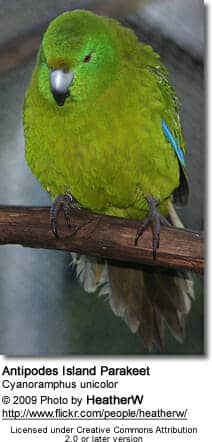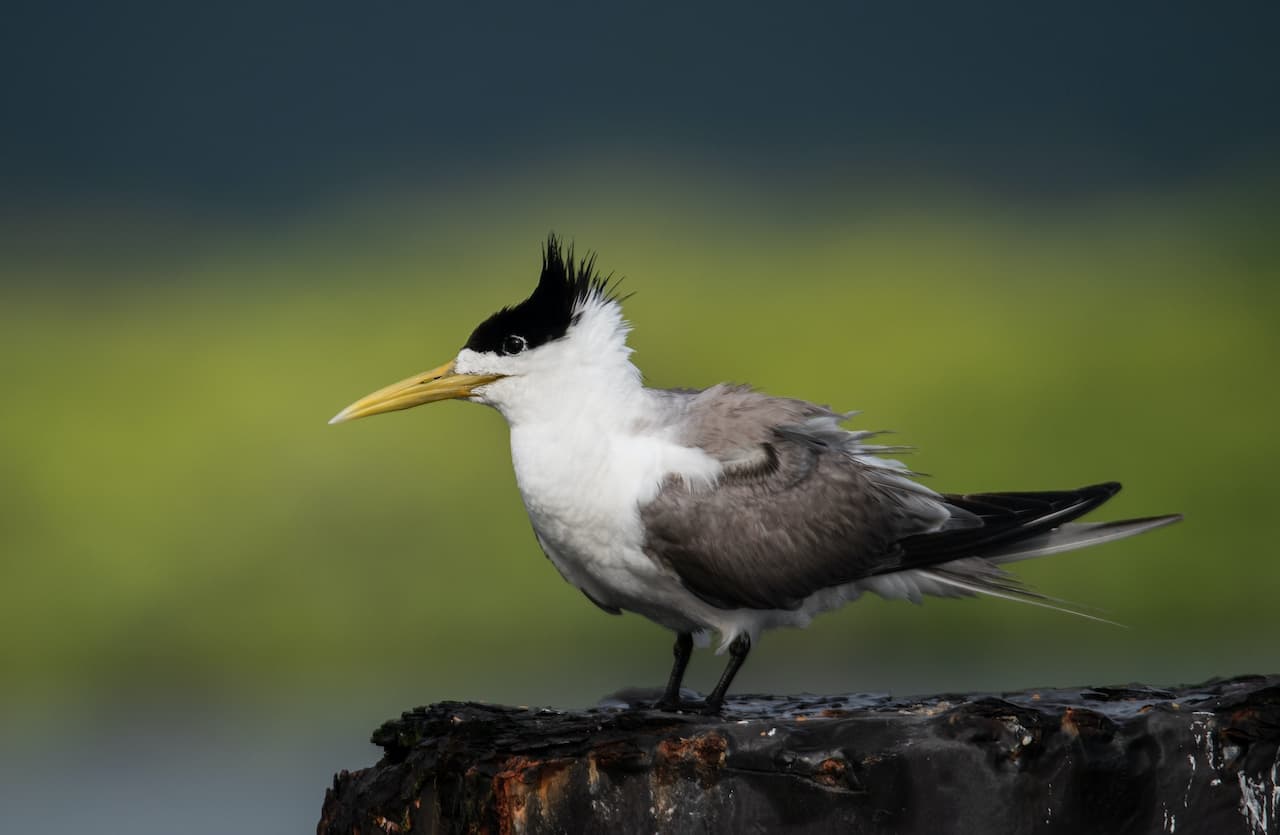Dwarf Cassowaries
The Dwarf Cassowary, Casuarius bennetti, also known as the Bennett’s Cassowary, Little Cassowary, Mountain Cassowary, or Mooruk, is the smallest of the three species of cassowaries.
Taxonomy
The scientific name commemorates the Australian naturalist George Bennett. He was the first scientist to examine these birds after a few were brought to Australia aboard a ship. Recognising them as representing a new species of cassowary, he sent specimens back to England where this was confirmed.
On the west side of Greevink Bay, western Irian, there exist a distinctive form that may merit a split. C. papuanus is the tentative name. Finally there are no officially recognized sub-species, however, some authors believe there should be.

John Gould first identified the Dwarf Cassowary from a specimen from New Britain, in 1857.
Description
It is a large, at between 99 to 135 centimetres (3.2–4.4 ft) tall and 18 kilograms (40 lb), flightless bird with hard and stiff black plumage, a low triangular casque, pink cheek and red patches of skin on its blue neck.
The feet are large and powerful, equipped with dagger-like claws on the inner toe. Males and females look alike. Females have longer casques, brighter bare skin color and are larger in size.
Range and habitat
The Dwarf Cassowary is distributed throughout mountain forests of New Guinea, New Britain and Yapen Island, at elevations up to 3,300 m (10,800 ft). In areas without other species of cassowaries, it will live in the lowlands also. Its diet consists mainly of fallen fruits and small animals, and insects. A solitary bird, it pairs only in breeding season.
| Location | Population | Trend |
| Central Papua New Guinea | Unknown | Declining |
| New Britain | Unknown | Declining |
| Yapen | Unknown | Declining |
| Total | Unknown | Moderately Declining |
Conservation
Due to ongoing habitat loss, habitat degradation, being hunted for food, and often being kept in captivity, the Dwarf Cassowary is evaluated as Near Threatened on the IUCN Red List of Threatened Species, with an occurrence range of 258,000 km2 (100,000 sq mi).




